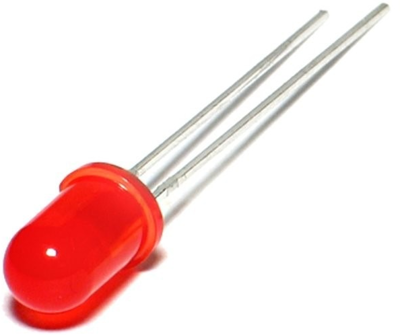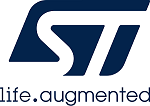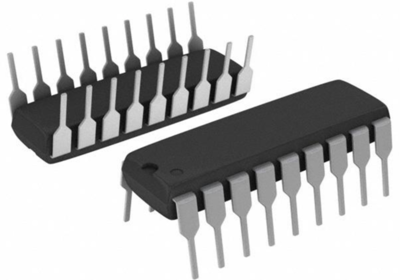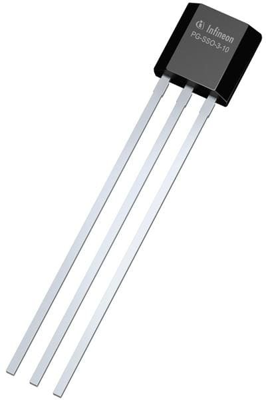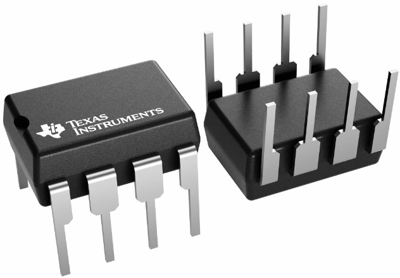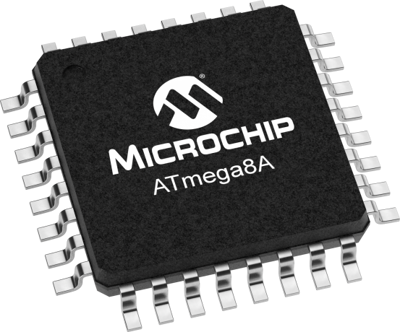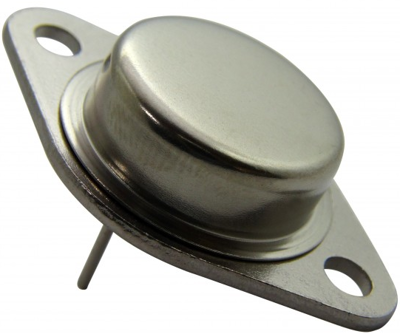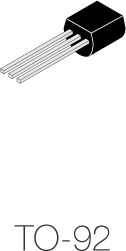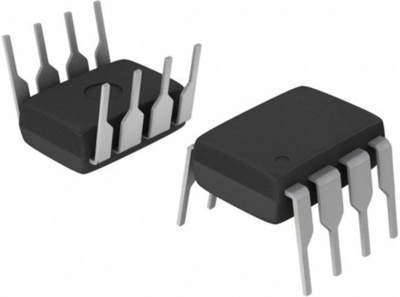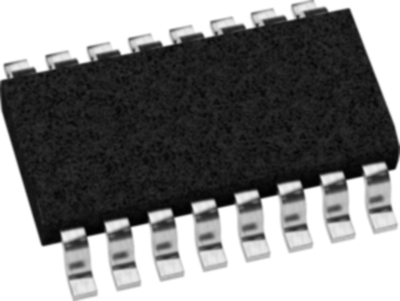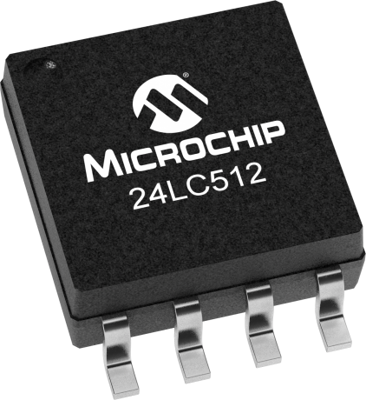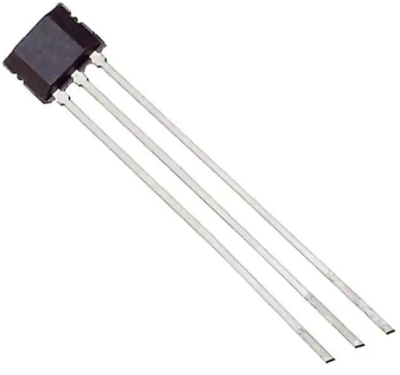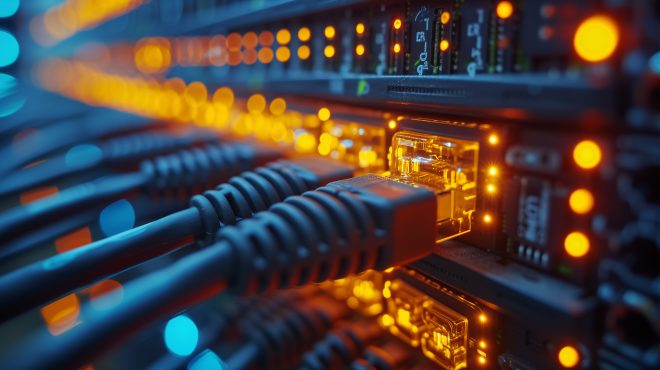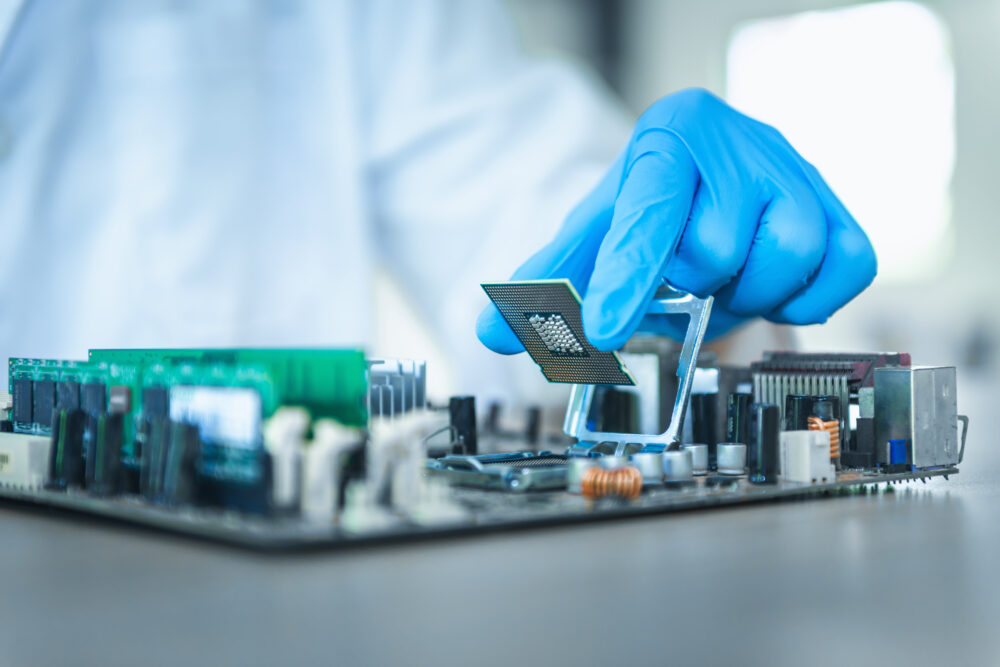
Semiconductors – Definition & Basics
Semiconductor components are among the basic building blocks of modern electronics. Without them, computers, smartphones, photovoltaic systems, and automation systems would be inconceivable. But what exactly is a semiconductor? And why is this material so crucial for today's technology? In this magazine article, our experts summarize the most important information for you.
Table of contents
- What are semiconductors?
- Areas of application for semiconductors and semiconductor components
- The differences: conductors – semiconductors – insulators
- What is doping?
- What semiconductor materials are available?
- Semiconductor devices: from material to function
- Future trends and innovations
- Semiconductors: relevant technology for the future
What are semiconductors?
Semiconductors are materials with electrical conductivity that falls between that of conductors and insulators — and can be precisely controlled. By intentionally modifying their internal structure, a process known as doping, their conductivity can be fine-tuned. This makes semiconductors essential for building components like diodes, transistors, and integrated circuits — the very backbone of modern electronic devices.
Areas of application for semiconductors and semiconductor components
Semiconductor components can be found in almost all areas of modern technology. In consumer electronics, they control the flow of data in computers, smartphones, and televisions. In industry, they are central components of control systems, sensor technology, and power electronics—for example, in robotics systems, drive technology, and automation solutions.
Semiconductors are also indispensable in vehicle construction: they regulate engine control systems, support driver assistance systems, and enable energy distribution in electric vehicles. In energy technology, they are used in inverters for photovoltaic systems, in power grids, and in charging infrastructure. Semiconductors even fulfill essential functions in medical technology, aviation, and telecommunications—anywhere where compact, efficient, and precise control of electronic processes is required.
The differences: conductors – semiconductors – insulators
Whether simple diodes or complex microchips: the physical properties of semiconductors are essential for the functioning of many electronic components.
Conductors
These are materials with very high electrical conductivity. An example is copper. In this case, the valence band and conduction band overlap. This means that the free electrons can flow freely. They are used in the construction of power cables, conductor tracks, and contacts.
Semiconductors
Semiconductors have medium or controllable conductivity. There is a small band gap between the valence band and the conduction band. However, electrons can still flow under certain influences, such as doping. The best-known semiconductor material is silicon. This and other semiconductor materials—more on this later—are used in the construction of transistors, diodes, integrated circuits, and other semiconductor components.
Insulator
Such materials are characterized by the fact that they have no electrical conductivity. In other words, there is a large band gap. In this case, the electrons remain bound in the valence band. Examples of insulators are glass, ceramics, and plastics. They are used in insulation, enclosures, or protective coatings.

What is doping?
It has been established that the conductivity of a semiconductor can be specifically altered, for example by increasing the temperature or exposing it to light. However, what is even more decisive here is what is known as doping. This involves introducing foreign atoms into the semiconductor material.
The aim is to change the electronic properties of the crystal lattice. The more heavily a material is doped, the higher its conductivity. This can cause a semiconductor to acquire conductive properties. In this case, we refer to a degenerate semiconductor.
What semiconductor materials are available?
Not all semiconductors are the same. Depending on the application of the respective components, the requirements for electrical conductivity, temperature behavior, switching speed, and mechanical properties vary. The range of semiconductor materials is correspondingly diverse. In addition to the widely used silicon, specialized compounds are also used, for example in high-frequency technology or power electronics.
The most important semiconductor materials at a glance
Silicon (Si)
Silicon is considered the standard material in semiconductor technology. It is characterized by its high thermal conductivity and compatibility with CMOS technology. It is also considered an inexpensive choice and is easy to process.
Germanium (Ge)
Germanium used to be widely used. Today, it is more likely to be found in specialized areas. The material demonstrates its high efficiency and improved light transmission in infrared applications in particular. Germanium performs better than silicon at low temperatures, but problems often arise at higher temperatures. Germanium is also more expensive than silicon and significantly less common.
Gallium arsenide (GaAs)
This material is significantly more powerful than silicon in high-frequency and high-performance electronics. The reason for this is its higher electron mobility. This results in faster switching times, better temperature stability, and the ability to handle higher frequencies. It is mainly used in solar cell technologies and optoelectronic devices, as GaAs is particularly efficient at converting light into electricity.
Silicon carbide (SiC)
Compared to conventional silicon, SiC offers significantly more advantages, including in the areas of efficiency and power density. These advantages come at a price: SiC is significantly more expensive than conventional silicon. SiC is used in future-oriented technologies, including power electronics, electromobility, Industry 4.0, aerospace, and energy technology.
Gallium nitride (GaN)
Also more powerful than Si, especially in power applications. Lower losses, higher switching speeds and power density, and improved thermal conductivity make GaN ideal for 5G infrastructures and applications in the field of renewable energies. However, GaN also has disadvantages. For example, it is very difficult to produce large, defect-free GaN crystals, and doping is also challenging. In addition, GaN has a lower dielectric strength (components are only designed for up to 600V) and is sensitive to overvoltage.
Semiconductor devices: from material to function
Semiconductors only reveal their technical relevance when used in active and passive components in electronics manufacturing. These components form the heart of modern electronics, from simple rectification to complex data processing. The following is an overview of key semiconductor devices and their typical applications:
Diode

A diode only allows current to flow in one direction. In forward bias, it conducts; in reverse bias, it blocks the flow of current.
Application: Rectification in power supplies, protection against reverse polarity, signal processing.
Transistor
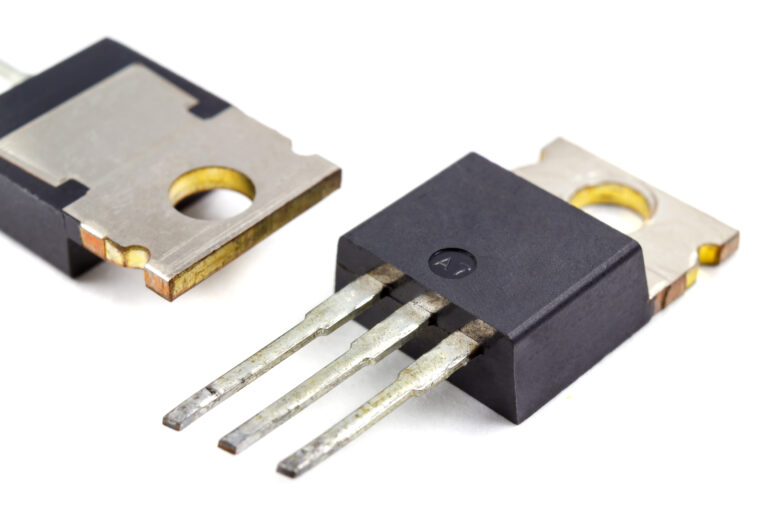
A transistor acts as an electronic switch or amplifier. Depending on the voltage applied, it allows the current to flow or interrupts it. This enables precise control.
Applications: Amplifiers, switches in microprocessors, motor controls, switching power supplies.
Integrated circuits (ICs)
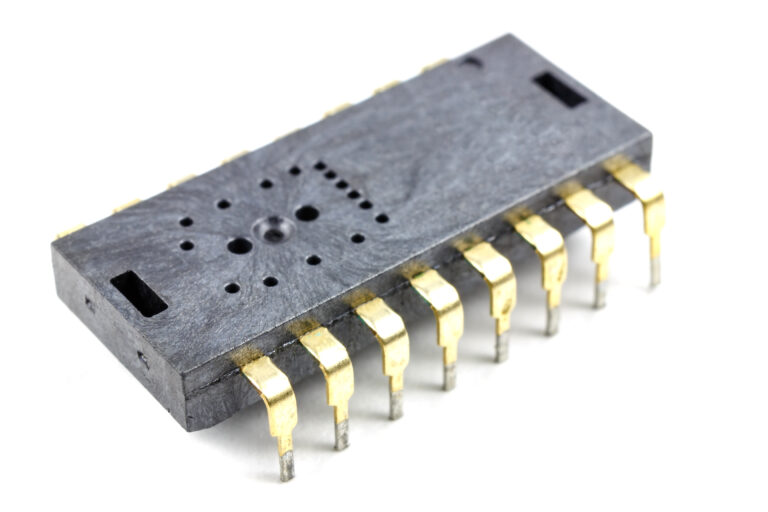
Integrated circuits combine many components such as transistors, diodes, capacitors, and resistors on a single chip. Variants include logic ICs, microprocessors, memory chips, and more.
Applications: Arithmetic operations, data processing, control tasks in almost all electronic devices.
Future trends and innovations
The semiconductor industry is characterized by constant progress. New materials, manufacturing technologies, and market requirements are driving development forward at a steady pace. At the same time, global conditions are presenting the industry with new challenges. One key topic illustrates the direction in which semiconductor technology is currently moving: quantum semiconductors.
Between quantum physics and semiconductors
Future-oriented applications demand more powerful and efficient solutions. A key technology here is a connection between quantum physics and semiconductors, known as quantum semiconductors. They form the basis for quantum computers, which promise an unprecedented increase in computing power. This technology is already gradually changing areas that will be relevant in the future – from medical technology to climate research. Quantum semiconductors are also already bringing about lasting changes in the optoelectronics and sensor technology sectors.
Semiconductors: relevant technology for the future
Anyone who wants to develop, understand, or optimize electronic systems needs a solid basic knowledge of semiconductors. Their special properties, the possibility of targeted influence through doping, and their wide range of applications make them key components in almost all technical areas – from consumer electronics to industrial automation and energy technology. We can look forward to seeing what new developments such as quantum semiconductors will bring.

